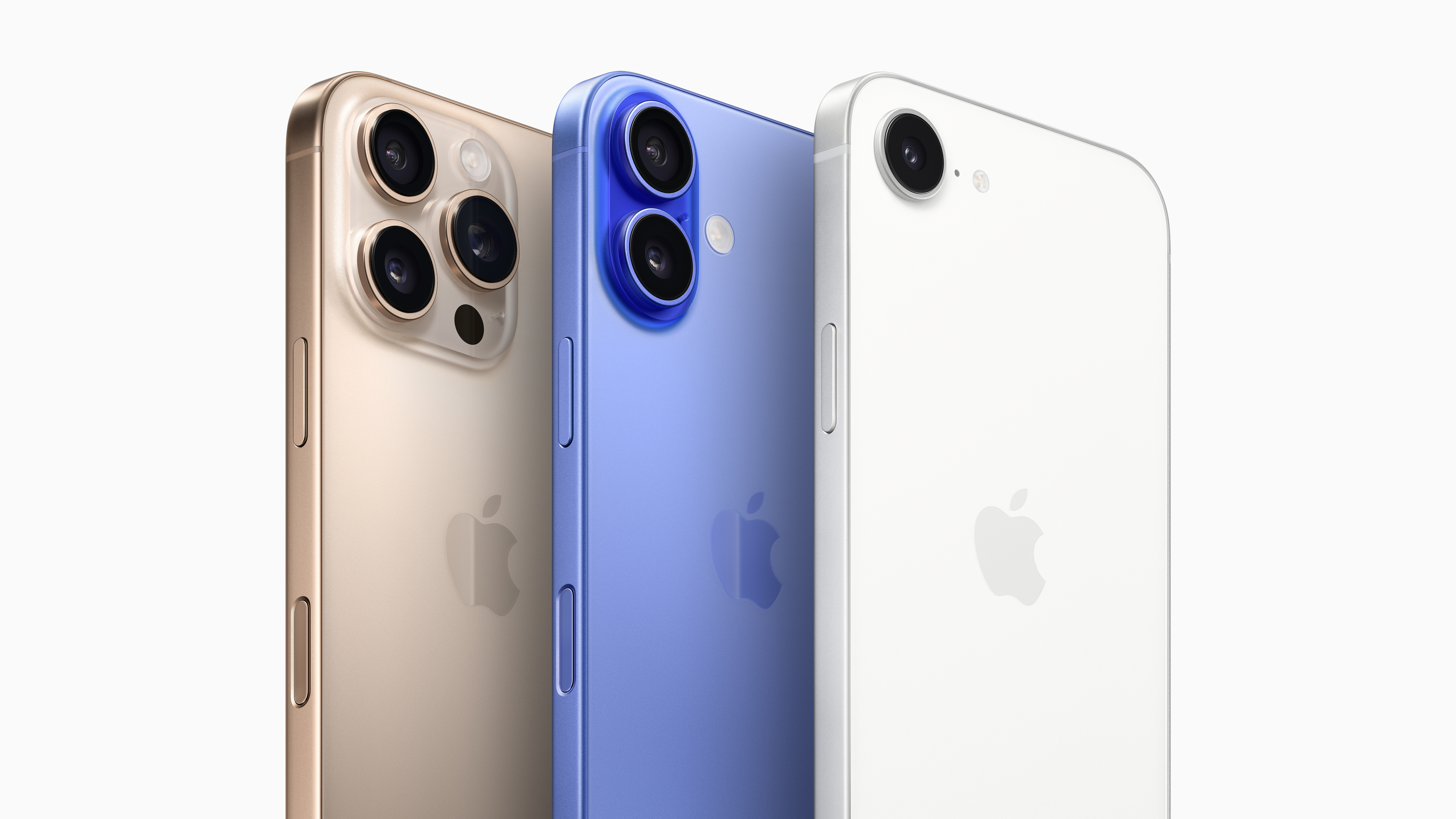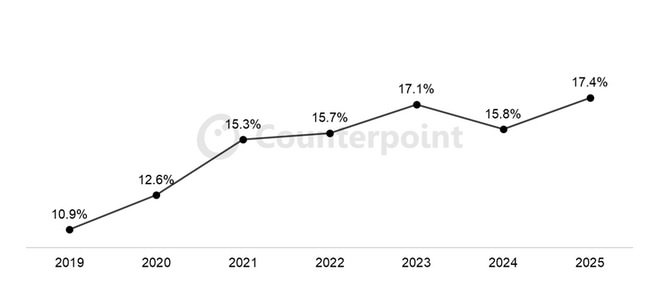
iPhone sales climbed 15% year-over-year during April and May, signaling Apple's strongest two-month performance for the period since the pandemic, according to preliminary data from Counterpoint Research's Market Pulse Global Monthly Smartphone Sales Report.

The growth was driven mainly by the United States and China, Apple's two largest markets. Both regions returned to positive year-over-year growth after three years of declines during what is typically a less seasonal period. China sales were particularly notable, with Apple capturing the top spot in May. It's quite the turnaround, after Apple only recently sustained market share losses to Huawei and other local mobile vendors.
"Q2 iPhone performance looks promising at the moment but as always swings either way are dictated by two markets – US and China," said senior analyst Ivan Lam. Lam questioned whether recent U.S. sales reflected consumer concerns about potential tariffs and whether China's momentum could continue with government subsidies and promotional offers.
The report showed Japan also indicated strong iPhone demand, with the more affordable iPhone 16e proving especially popular among consumers who favor smaller devices. The device's entry-level pricing apparently appealed to Japanese tastes, while Apple also maintained strong sales for the iPhone 16 base model and even the older iPhone 14.

iPhone global sell-through market share (April and May) for 2019-2025.
India continued its growth trajectory as Apple expands both manufacturing and market presence in the world's most populous country. Analyst Jeff Fieldhack noted that the surge suggests "agentic AI is not quite a factor yet" in most smartphone purchasing decisions, giving Apple time to integrate Apple Intelligence more broadly across its platforms and enhance Siri's lagging capabilities.
Article Link: iPhone Sales Jump 15% in April-May as Apple Reclaims China Lead

